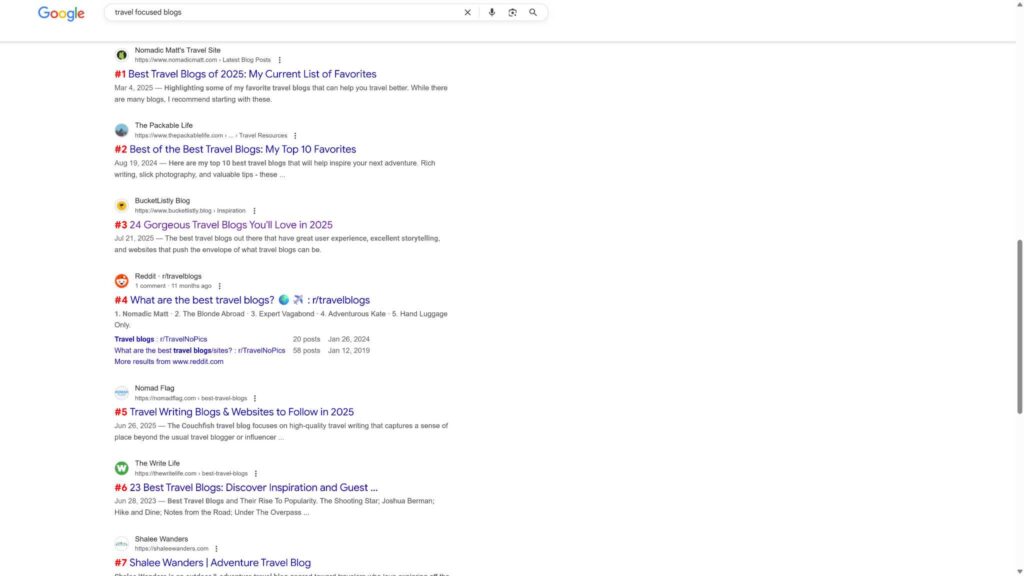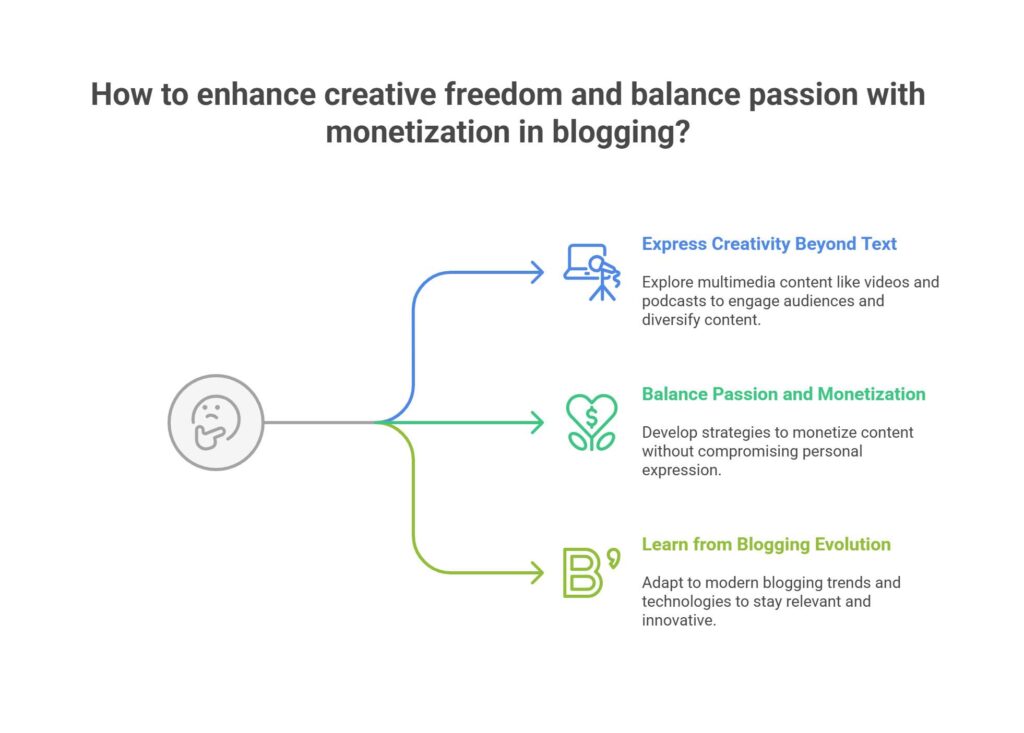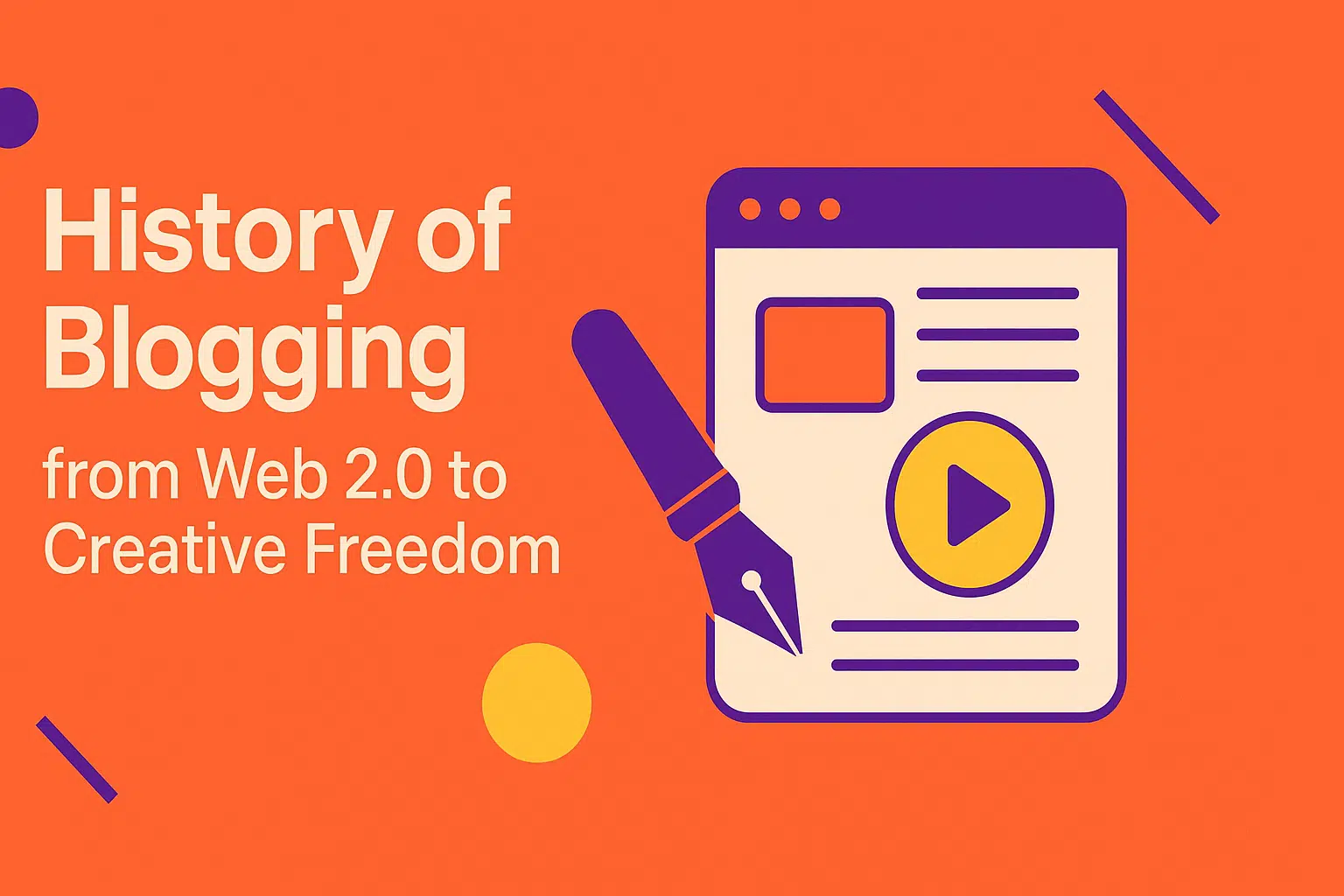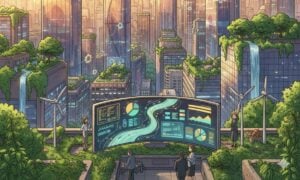Blogging has grown from mere online journals into lively digital canvases that capture the creative spirit of our time. Readers can follow a path marked by intimate personal attempts, communal exchanges, and continual change. This look offers valuable insight into how a modest online diary evolved into a lively platform for storytelling, self-expression, and global connection.
The Blogging History Timeline: From Humble Roots
Blogging has evolved from early online journals into diverse platforms that power creative expression. In its humble beginnings, one could witness individuals carefully recording daily lives and technical adventures. The internet’s early days offered a fresh space for personal storytelling that has grown into a medium capturing past moments, opinions, and breakthroughs, inspiring digital talks and creative freedom. This timeline highlights key milestones that shaped the blogging field and reflects its rich legacy.
What blogging looked like in the early days of the internet
In the early days of the internet, blogging resembled intimate digital diaries. Early users used primitive HTML pages and basic tools to share their thoughts and technical insights. Early bloggers focused on personal updates and succinct commentaries, without the additions of various media. Their efforts created the basis for engaging platforms, offering a look into the raw and unfiltered nature of online expression. This period marked the beginning of the rich blogging tradition we explore today.
How blogs started as personal online diaries
Blogs began as personal online diaries where individuals shared their day-to-day events in written form. Early adopters used these digital entries to record personal milestones, travel adventures, and creative thoughts. Their stories connected with readers on an intimate level, providing a space for honest self-expression and dialogue. This approach prepared the way for future new ideas in digital storytelling, and such humble beginnings have grown into platforms that represent the passion of countless bloggers.
“Blogging is to writing what extreme sports are to athletics: more free-form, more accident-prone, less formal, more alive.”
– Andrew Sullivan
Rise of popular early blogging platforms
Popular early blogging platforms changed simple diary entries into content that allowed a broader audience to publish their thoughts online. Tools like Blogger and Open Diary prepared the way for early users such as Justin Hall and Jorn Barger, whose new ideas influenced digital storytelling for millions. The rise of these platforms simplified content publishing, sparked debates over privacy and authenticity, and drove widespread adoption of blogs. Their success created a strong legacy that supports today’s lively blogging community.
Blogging Meets Web 2.0: A Digital Revolution
Web 2.0 changed the world of blogging by turning static pages into engaging groups and introduced new features that allowed bloggers to engage in real time. This digital change helped writers to try with new content forms and various media elements while encouraging rich group exchanges. Blogs evolved from fixed pages into active forums that redefined online dialogue, starting a change that continues to shape the way we talk and share ideas.
What Web 2.0 changed for bloggers and readers
Web 2.0 changed online content, helping bloggers with tools that improved the reader experience. Engaging comments, social sharing, and live updates created a two-way conversation that changed traditional publishing and allowed feedback to offer quick improvements. This environment influenced content strategies as bloggers gained direct understanding by merging ideas with group input and expanded opportunities for personal branding within a connected digital world, encouraging deeper global ties.
Transition from static content to dynamic user involvement
The shift from static content to active user involvement changed online publishing. Early blogs turned into engaging spaces where readers contributed clearly to the narrative. Comment sections, real-time updates, and spirited discussions together changed blogging into an active art form, enabling writers to refine their content based on quick audience reactions. This change well connected creators and consumers, marking a new era in digital storytelling.
Emergence of niche blogs and global online communities

The blogosphere soon divided into niche groups that served focused interests. Focused blogs provided dedicated platforms for fans and experts to share detailed understanding on specific topics. Global online groups grew, connecting readers from different backgrounds and enabling regional voices to gain worldwide recognition. This change improved the digital field, set a precedent for customized content, and established engaging networks that continue to succeed as vital centers for storytelling.
Creative Freedom in Blogging Today
Today, blogging offers unique creative freedom, allowing content creators to try with a variety of formats and techniques. Writers blend text, images, videos, and engaging elements to create absorbing stories that attract audiences and come clearly to life on digital screens. This active system supports new ideas and helps individuals to share unique perspectives, build thriving groups, and influence the creative trends that drive online culture.

Ways bloggers now express creativity beyond text
Modern bloggers expand their creative limits by combining various media elements and new narrative techniques. They use photos, videos, podcasts, and graphics to break free from the limits of plain text. This approach invites readers to experience stories in engaging and surprising formats, supporting artistic expression and improving overall understanding. By beating creative blocks through exploring different media, bloggers transform their platforms into flexible spaces that connect deeply with their audiences.
How content creators balance passion and monetization
Content creators balance passion with earning money by mixing personal storytelling with strategic brand partnerships. They create authentic stories that match audience interests while including sponsored content and affiliate links to generate revenue. Many use varied income sources to maintain balance without hurting their creative vision—a strategy that requires thoughtful planning and interaction. This approach proves that creativity can remain genuine while maintaining a workable business model in today’s tough field.
Modern lessons from the evolution of blogging
The change of blogging teaches modern lessons about determination, adaptability, and the power of authentic narrative. Early tests revealed that authenticity creates clear interaction, while the expansion of digital tools has expanded the creative toolkit for writers. Bloggers learn to value groups feedback and adjust their strategies with evolving trends, encouraging them to accept continuous testing and improvement. These understanding maintain that creative voices remain relevant and inspire new approaches to digital storytelling.
Conclusion
Studying the history of blogging shows an interesting journey from simple personal diaries to complex digital platforms. This development, marked by early online tests, the rise of user-driven content during Web 2.0, and the creative leaps of today, illustrates how blogging continues to adapt and inspire. The rich timeline highlights the importance of accepting change and learning from past new ideas. As modern bloggers balance authenticity with creative freedom, they build on a legacy initiated by early users, preparing them to guide and shape the future of online storytelling while keeping evolving digital talk norms.
What role did Web 2.0 play in the history of blogging?
Web 2.0 changed blogging by shifting the model from static pages to engaging groups, encouraging real-time interaction and creating spaces for digital working together with impact. [Wikipedia]
How has blogging changed since the early days of the internet?
Blogging has developed from simple text-based diaries into multi-format, engaging platforms that support various media storytelling, supporting active creative expression daily. ([Notre Dame of Maryland University Online](https://online.ndm.edu/news/communication/history-of-blogging/))
When did the first blog appear and who wrote it?
The first blog appeared in 1994, created by Justin Hall on Links.net, indicating the beginning of online personal diaries and starting a change in digital storytelling. ([Notre Dame of Maryland University Online]
How is storytelling used creatively in modern-day blogging?
Modern bloggers use storytelling techniques to combine personal events with visual and engaging elements, creating absorbing stories that engage audiences in new and relatable ways every day. [TIME]
What are some examples that demonstrate blogging history timeline?
Examples include Justin Hall’s 1994 online diary, the coining of ‘weblog’ by Jorn Barger, and the rise of platforms like Blogger and WordPress, showing the change of digital storytelling.
Why is understanding the history of blogging still relevant today?
Understanding the history of blogging provides understanding into the change of digital talk, highlights key lessons in content creation, and inspires modern bloggers to build authentic, engaging online groups for continuous growth.

Ridam Khare is an SEO strategist with 7+ years of experience specializing in AI-driven content creation. He helps businesses scale high-quality blogs that rank, engage, and convert.



